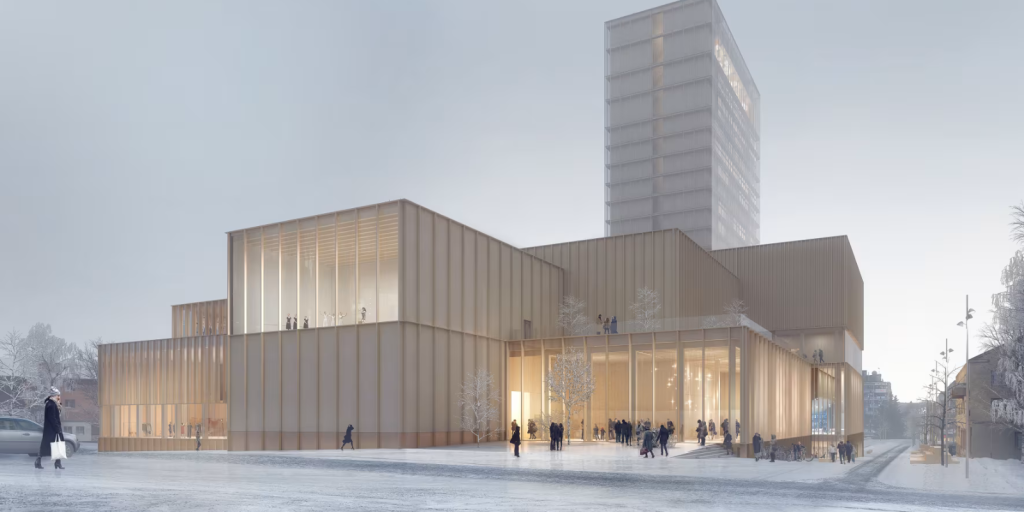X-LAM System: sustainable innovation for modern construction

In recent years, interest in sustainable building solutions has driven the adoption of innovative materials like the X-LAM construction system. In this article, we will examine the advantages of the X-LAM system and why it represents a sustainable choice for modern building projects. What is the X-LAM System? The X-LAM construction system is based on the use of cross-laminated timber panels, also known as CLT (Cross Laminated Timber). This cross-arrangement gives the material greater strength and stability compared to traditional solid wood; moreover, the panels can be produced in various sizes and thicknesses, according to the specific needs of the building project. Advantages of X-LAM Constructions The advantages of using the X-LAM system are numerous, let’s see some of them: Environmental sustainability: wood is a renewable material with low environmental impact, and the X-LAM system makes efficient use of it. The production of the panels requires less energy compared to traditional materials, contributing to the reduction of the overall environmental impact of the building. Reduced construction timelines: X-LAM panels are prefabricated in the factory and quickly assembled on the construction site, reducing overall construction times. This allows saving time and labor costs, making the X-LAM system a cost-effective choice for building projects. Lightness and strength: despite its lightness, the X-LAM system offers high structural strength. This makes it ideal for a variety of building applications, ensuring the stability and safety of the building. Design flexibility: thanks to its versatility, the X-LAM system offers numerous design possibilities. Panels can be shaped to fit different shapes and configurations, allowing architects to create creative and innovative projects. Thermal and acoustic insulation: wood offers excellent thermal and acoustic insulating properties. X-LAM panels improve the energy efficiency of the building and offer superior acoustic comfort, improving the quality of life of the occupants. Case Study: Sara Kulturhus Cultural Center The Sara Kulturhus Cultural Center is a significant example of a building constructed using the X-LAM system. Located in Skellefteå, Sweden, it stands as a contemporary architectural icon that merges innovation and sustainability. Courtesy White Arkitekter Designed by the Swedish architect firm White Arkitekter, the Sara Kulturhus features a bold and contemporary design that blends modern lines with natural materials. The structural heart of the building is made of X-LAM panels, which provide a combination of lightness and strength, allowing for wide openings and bright spaces within the building. These panels have been used for the walls, floors, and roof of the building, contributing to the construction speed and sustainability of the project. Thanks to wood as the main material and the use of the X-LAM system, the Sara Kulturhus Cultural Center stands out for its environmental sustainability. Wood is a renewable and low-environmental-impact material, and the use of the X-LAM system contributes to reducing carbon emissions during construction and to improving the building’s energy performance. Conclusions In summary, the Sara Kulturhus Cultural Center is an excellent example of how the X-LAM system can be creatively and innovatively used to create sustainable, functional, and aesthetically pleasing buildings. Its combination of contemporary design, environmental sustainability, and smart use of materials makes it a model to follow in modern architecture.
